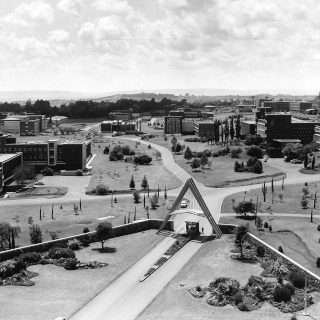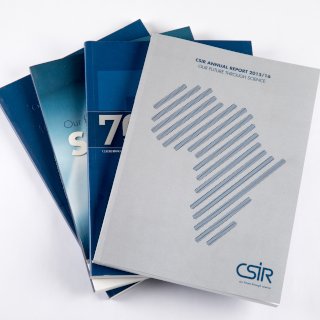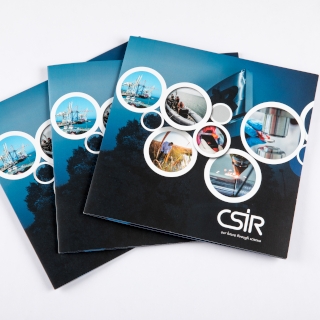Communities in ResearchSpace
Welcome to ResearchSpace, the institutional repository of the CSIR. ResearchSpace is an open access electronic archive collecting, preserving and distributing scholarly digital materials created by the CSIR.
Most Viewed Items
Views
26978
20259
18998
18112
17744
17130
16502
14319
11980
11524
Most Downloaded Items
Downloads
68162
58204
58119
52154
46710
40864
36121
34411
31789
29945



